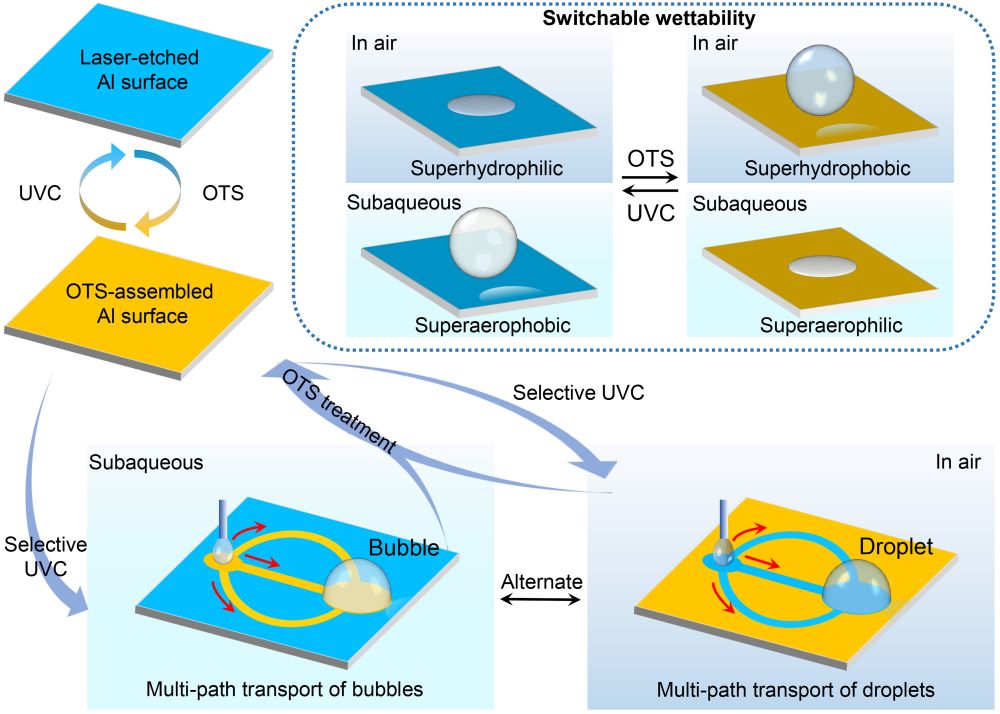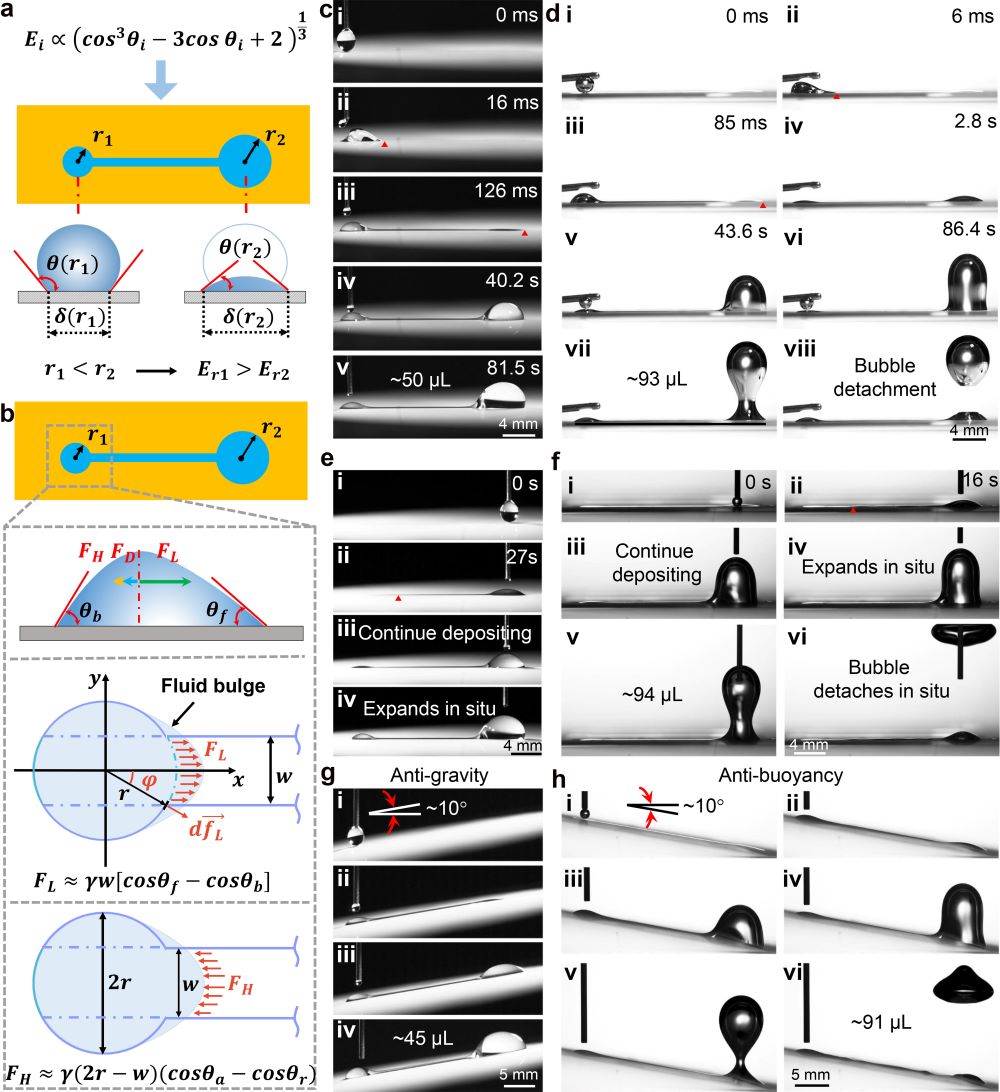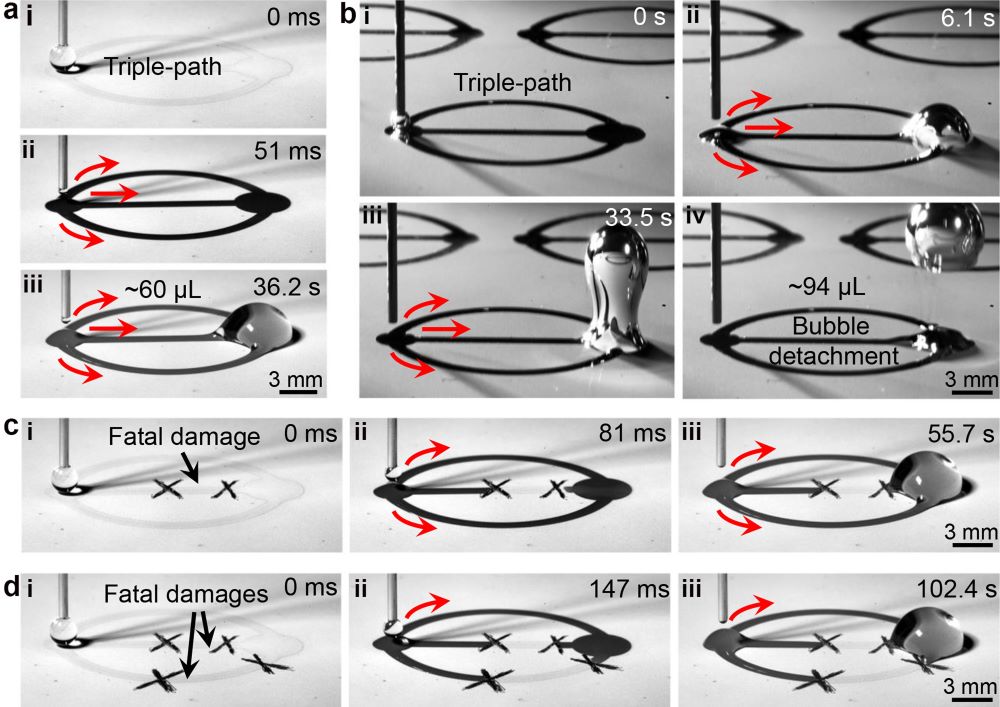- Home
- About Us
- Students
- Academics
-
Faculty
- Electrical Engineering
- Automation
- Computer Science & Engineering
- Electronic Engineering
- Instrument Science and Engineering
- Micro-Nano Electronics
- School of Software
- Academy of Information Technology and Electrical Engineering
- School of Cyber Security
- Electrical and Electronic Experimental Teaching Center
- Center for Advanced Electronic Materials and Devices
- Cooperative Medianet Innovation Center
- Alumni
-
Positions
-
Forum
News
- · Bin Dai's Team Unveils the Assembly Mechanism of β-Lactoglobulin Fibrils, Providing New Insights for the Development of Functional Nanomaterials
- · Mingyi Chen’s research group has made important progress in the field of analog-to-digital converter chips for brain-computer interface
- · Progress in the Development of Semiconductor Nanomaterials to Activate Pyroptosis for Cancer Therapy
- · Jiamiao Yang’s team achieved the high precision optoelectronic reservoir computing based on complex-value encoding
- · Significant Advancements in Resonator-Enhanced Quantum Sensing Achieved by Zenguihua's Team at the School of Sensing Science and Engineering
Professor Ding Guifu proposes switchable-wettability fluidic system with multiple paths for strong-robustness, high-efficiency programmable transport of droplets and subaqueous bubbles
Recently, Ding Guifu's group from Shanghai Jiao Tong University MEMS Multi-compatible Integrated Manufacturing Technology team has published a cover paper titled "Engineered Switchable-wettability Surfaces for Multi-path Directional Transportation of Droplets and Subaqueous Bubbles" in Advanced Materials (IF=32.086).
Programmable manipulation of fluid dynamics and distribution plays a significant role in promoting the development of the field involving gas-liquid-solid interaction. Recent efforts have been devoted to designing a range of superwetting systems with wettability and/or geometry gradient to achieve fluid directional transport. In particular, fluid transport on functional surfaces having Janus wettability enjoys advantages of fast transport speed, multi-scale adaptability and easy processing. These functional surfaces usually exhibit fixed wettability, limiting their use to transporting single-phase fluid, namely liquid or gas. In addition, the pathway for fluid directional transport from one site to another is generally limited to one single for the conventional Janus wettability surfaces, as well as other widely-investigated functional surfaces. These wettability or topography gradient-dependent functional surfaces are vulnerable to path defects: partial failures may cause the whole channel be unusable and excessive fluid trapped in the defective region. It is a rewarding challenge if the high-robustness directional transportation of both water droplets and subaqueous bubbles can be achieved by one functional surface.
This work develops an efficient and universal wettability switching strategy, which is utilized to regulate the superwettability of dumbbell-patterned functional surface (DPFS), achieving the multi-path parallel directional transport of both droplets and subaqueous bubbles. The material’s switchable superwettability of DPFS effectively regulates the fluid directed dynamics within the confined pattern, in which the sustaining fluid propelling relies on the surface energy difference between the starting and terminal sites. This enables the construction of multiple channels, which works synergistically with ultralow-volume-loss transport to impart the fluidic system with strong robustness against path defects, as well as great mass transport rate. The fluidic system with quite simple patterned superwetting surface drives both droplets and subaqueous bubbles with strong robustness and high efficiency, which is applicable for various substrate, offering a universal approach for reliable two-phase fluid transport in superwetting system.

Figure 1 Sketch of multi-path parallel directional transport of droplets and subaqueous bubbles on DPFS featured by the switchable wettability.
The substrate wettability achieves reversible switches between the two extreme states on-demand during alternating processes of octadecyltrichlorosilane (OTS) treatment and ultraviolet-C (UVC) irradiation, and one cycle only takes 6 minutes. The superwettability switching process were repeated 10 times without noticeable CA variations, showing a notable stability and controllability of the reversible strategy. In addition, the developed wettability switching strategy is based on the growth and photolysis of OTS material, which is fundamentally different from the conventional method that relies on the photosensitive elements of substrate itself showing different surface free energy under different lighting environment. This makes the reversible strategy universal and suitable for different kinds of substrates, thus enables to reproduce the function of the same super-wetting pattern structure through tens kinds of materials.
The intensity of confinement effect can be regulated through the manipulation of the pattern size, and thus control the contact angle and surface energy. Based on this, we proposed DPFS with surface energy difference which achieves the fluid directional transportation independent of the flow channel. By utilizing the wettability switching strategy to regulate the superwettability of DPFS, the directional transportation of droplets and subaqueous bubbles was demonstrated, verifying the feasibility of the design idea. On this basis, we designed the DPFS with multiple channels to achieve the multi-path parallel transport of fluids, which greatly promotes the mass transfer rate. For example, when the number of channels increases from two to three, the transport efficiency of 60 μL droplets is 0.46 times higher, and that of 94 μL subaqueous bubbles is 0.44 times higher. More importantly, the multi-path directional transport works synergistically with ultralow-volume-loss transport to impart the fluidic system with strong robustness against path defects. Even if a channel or even two channels are fatally damaged in some cases and cannot continue to transport fluid, the amount of fluid trapped in the defective channels is negligible and most of the fluid can be successfully transported to the terminal site through the intact channel(s). Such reliability and efficiency serve as the key enabler for moving the energy-consumption-free fluid transport systems towards real-world applications.

Figure 2 Behaviors and mechanisms of fluid directional transport on DPFS.

Figure 3 Highly-reliable and efficient fluid transport on DPFS.
This work was supported by Shanghai Micro-Nano Integrated Manufacturing Technology Platform (20DZ2291300), Shanghai Pujiang Program (22PJ1408200) and Shanghai Jiao Tong University Faculty Start-up Funding. Xie Dongdong (Doctoral student) is the first author, Associate Professor Zang Faheng and Professor Ding Guifu are the corresponding authors, Associate Research Fellow Sun Yunna, Doctoral student Wu Yongjin, Dr. Wang Kai and Dr. Wang Guilian are the collaborators.

Xie Dongdong

Sun Yunna

Zang Faheng

Ding Guifu
Reference: https://onlinelibrary.wiley.com/doi/abs/10.1002/adma.202208645
Website: https://gpmems.sjtu.edu.cn/
-
Students
-
Faculty/Staff
-
Alumni
-
Vistors
-
Quick Links
